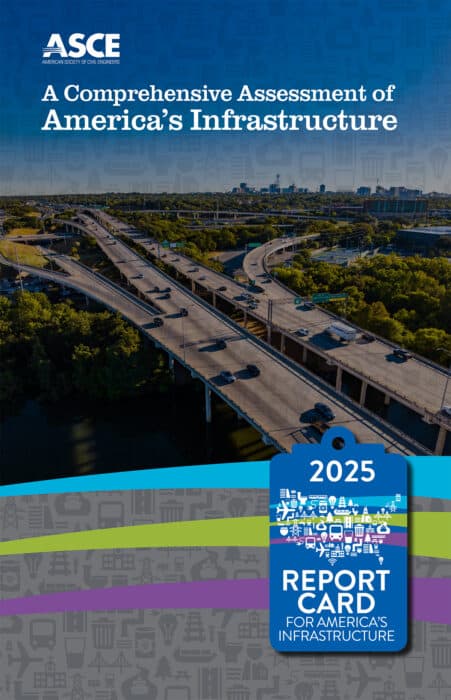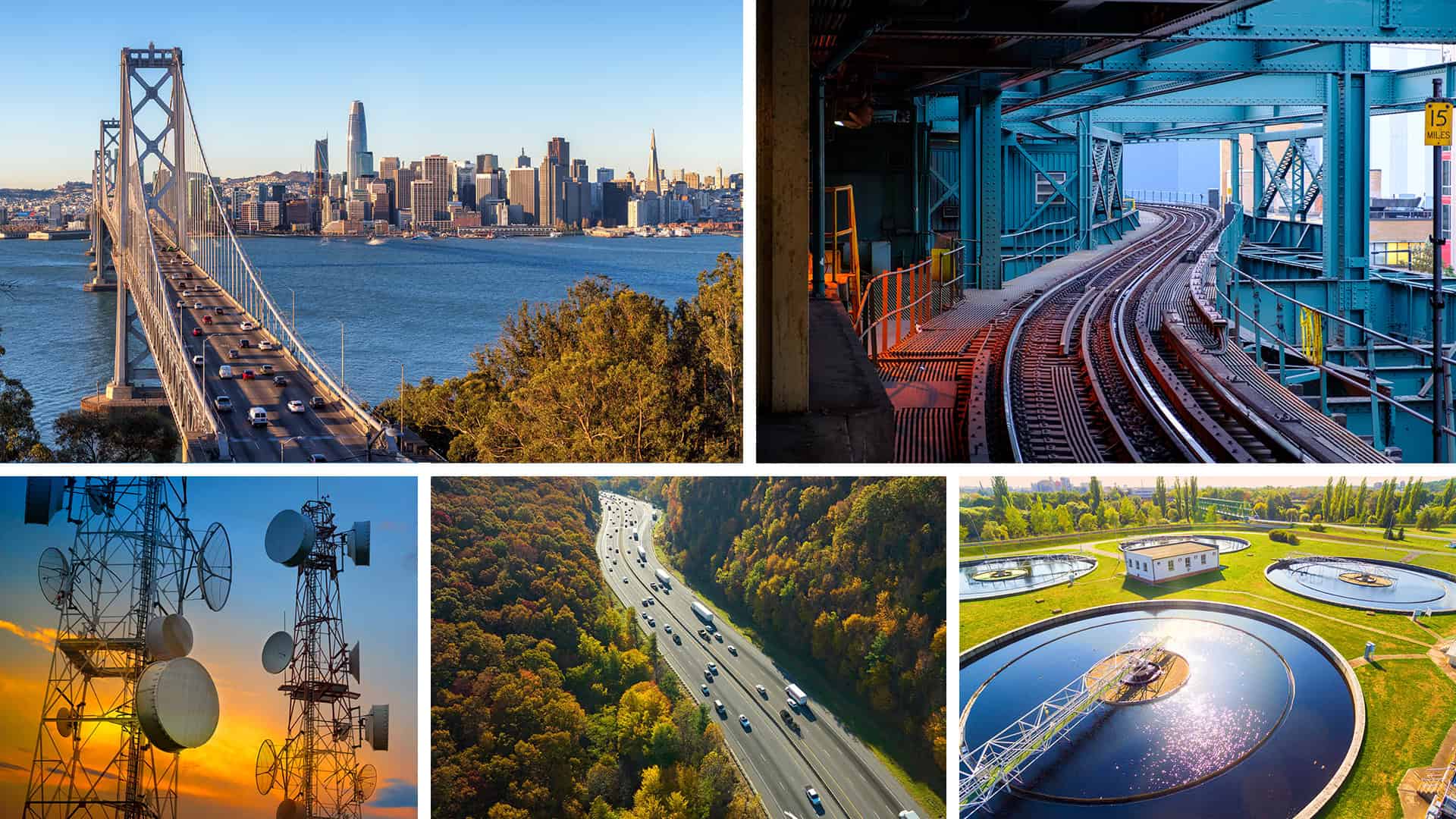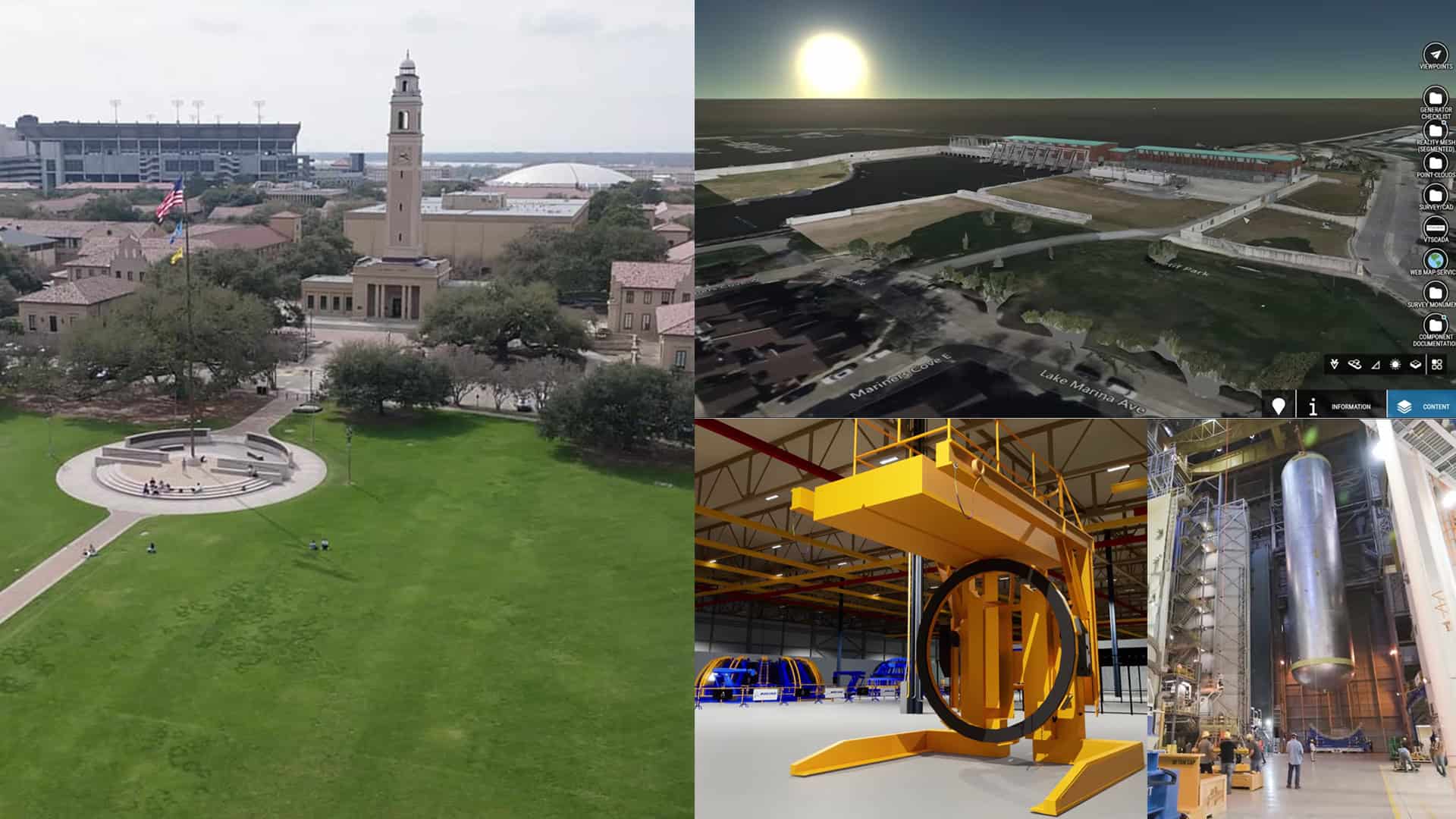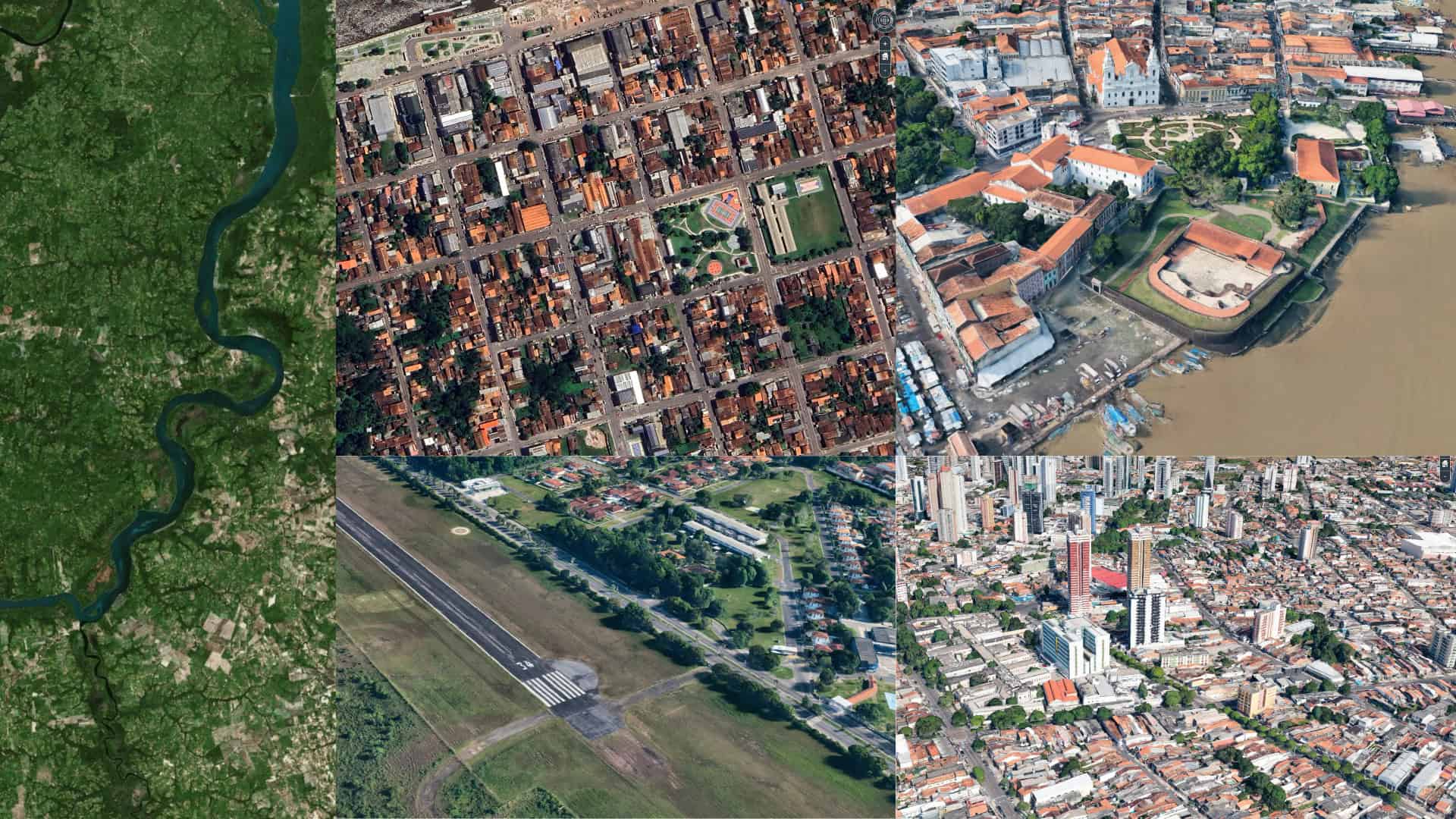When an 8-mile stretch of upgraded highway opens in the Rocky Mountains in 2028, it will ease congestion and improve safety for Colorado’s mountain resort communities and the thousands of tourists heading to the slopes each ski season.
The Floyd Hill project, which is being built with the help of Bentley Systems’ digital tools, is just one example of the improvements being made to American infrastructure thanks to a historic influx of federal investment in recent years.
The result: Infrastructure across the U.S. is in its best shape in more than two decades, according to the 2025 Infrastructure Report Card. The report, released in late March by the American Society of Civil Engineers (ASCE), is an infrastructure assessment by the nation’s top civil engineers.
The report covers 18 categories, ranging from aviation to wastewater, and provides a snapshot of how the nation’s infrastructure is faring. Released every four years, the report also offers recommendations for improvement.
 Released by the American Society of Civil Engineers (ASCE), the report is an infrastructure assessment by the nation’s top civil engineers.
Released by the American Society of Civil Engineers (ASCE), the report is an infrastructure assessment by the nation’s top civil engineers.Almost half of the categories were graded higher in 2025 than in 2021, bumping the overall grade for U.S. infrastructure from C- to C. The report’s authors called the shift “promising momentum.”
The last year that saw a similar overall grade was 1998, when the report began. For the first time since then, no category was graded a D-.
The report’s authors noted that improvements were possible “due to the government and private sector prioritizing investments in systems that historically had received little attention.” They repeatedly pointed to the landmark 2021 Infrastructure Investment and Jobs Act (ILJA), with its $1.2 trillion of funding for everything from bridges and highways to broadband systems.
“We need to continue to prioritize funding of our nation’s infrastructure so that we can grow our economy and connect our country,” Darren Olson, a member of the ASCE’s Committee on America’s Infrastructure, said in a video accompanying the report card’s release.
Ports received the highest grade, moving from B- to B, after annual funding nearly doubled for programs such as the Port Infrastructure Development Program. Roads were another major beneficiary, with nearly $600 billion of investment under the infrastructure law, helping bump the category’s grade from D to D+.
Two categories were downgraded, energy to D+ and rail to B-, because of concerns around capacity and safety. This year also saw a new category introduced: broadband, graded C+. Still, nine categories maintained their D grades, which the report called “a clear sign that more needs to be done to improve the health of America’s built environment.”
The report makes several recommendations, including sustained investment, prioritizing resilience, and advancing innovation through use of emerging technologies.
Bentley Systems, the infrastructure engineering software company, is one of the report card’s sponsors.










